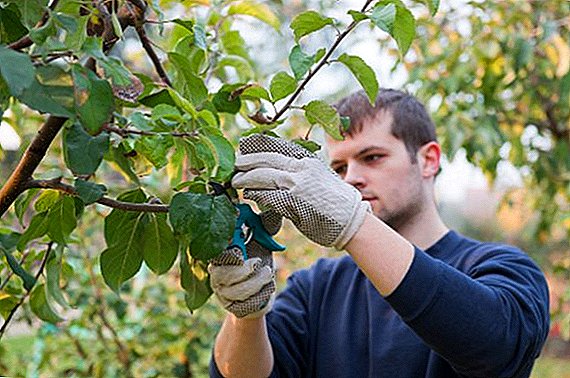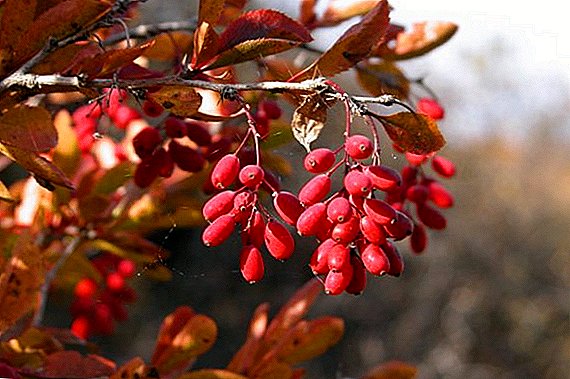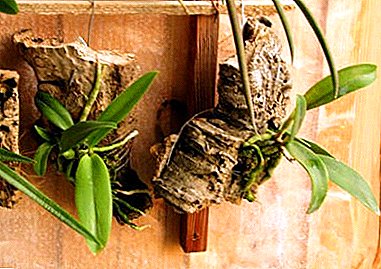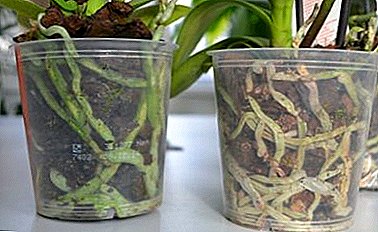
The root system of an orchid is significantly different from other indoor plants.
After all, part of the roots is under the ground, and the rest on top of the soil in a pot. Accordingly, there are many questions about this.
It is important to understand how they look in their natural state, and how to recognize the diseased root.
What should be the normal color of a healthy root system?
The root is a vegetative organ that is responsible for vital processes. With the help of roots, an epiphytic orchid is attached to the substrate, thereby maintaining a vertical position.
Changing shades of underground or air roots is a signal that you need to pay attention to the flower. Normal color of healthy roots light green or pale gray. When moistened with water, the color becomes saturated, dark shade. Not normal color - dark brown, pale yellow with white bloom.
In normal condition, the color of belamen is bright white. Therefore, it is assumed that the color range of the root system can vary from green to silver.
 but the color of the roots of orchids may differ depending on:
but the color of the roots of orchids may differ depending on:
- varieties;
- substrate in which grow;
- mineral fertilizer use;
- lighting.
It should be noted that to determine the state of the roots solely by color is wrong. It is important to examine their physical condition. Healthy roots elastic, smooth, dense. If a fingerprint remains with pressure on the root sprout, it means that it is rotten or rotten.
By the color of the root system, it is possible to determine which plant is affected.
We offer for viewing a visual video about the color of the roots:
Why is it changing?
There are many reasons that affect the color changes of the root system:
- inappropriate substrate composition;
- little water;
- mechanical damage to the roots;
- disturbed temperature and humidity conditions in the room;
- lack of lighting;
- aging process;
- infectious diseases;
- inappropriate pot size;
- use of poor-quality water for irrigation.
Step-by-step instruction: what to do if the color has changed?
On the green
The outer shell of the root, belamen, becomes green when wetted, and when it dries out, it becomes silvery gray. The green color of the root system indicates a healthy orchid.. It is easy to establish the growth stage by the color of the roots - the young roots have a light green color, while the old root system has a faint, indistinct shade.
Attention! The appearance of light green roots should be controlled. If they are not visible for several months in a row, it is necessary to revise the irrigation system.
On white
Such a color change is associated with the use of tap water, unpurified water as irrigation. Hard water contains a large percentage of salts.which tend to accumulate in the soil, thereby changing its composition and blocking the flow of air to the roots. As a result, you can see white bloom on the surface of the substrate and rhizome.
Measures taken:
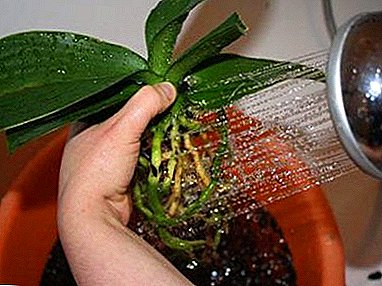 carefully remove the flower from the pot and remove the rest of the soil;
carefully remove the flower from the pot and remove the rest of the soil;- rinse the roots under running warm water;
- trim the damaged areas of the roots;
- transplant in an orchid in a new substrate;
- apply exclusively purified, soft water for irrigation;
- update the soil every three years, at least.
Experienced growers are advised to collect thawed or rainwater, and to moisten the plant with it.
On brown
It is important to regularly inspect the root system of epiphytes.. If the flower is planted in a transparent pot, make it easy. It is more difficult if the orchid grows in a ceramic, clay pot, with limited access to light. In this case, the color of the roots may vary.
Consider, what's the matter, if the roots of a homemade orchid become brown. A similar color on the root processes may appear due to deep planting in the substrate. The roots, with a lack of natural light, can not fully participate in the process of photosynthesis, and as a result, chlorophyll is not produced, which is responsible for green color.
Measures taken:
- remove the flower from the old pot;
- immerse the lower part of the plant in a container with warm water, leave for 2 hours;
- gently wipe the roots with a paper towel;
- if there are damaged places - delete;
- transplants an orchid in a plastic transparent pot;
- place it in a well-lit place.
Another reason why roots turn brown is rot. It develops in an environment with high humidity, that is, with frequent or abundant watering. The main rotten diseases: gray, brown and root rot. With such infectious diseases are often found: brown blotches on the roots, flowers, brown spots on the leaves.
Measures taken:
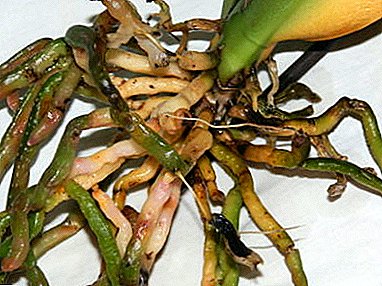 place the diseased plant in quarantine;
place the diseased plant in quarantine;- remove the damaged areas of the roots with a sharp, disinfected instrument;
- process the soil and the plant with a 0.2% solution of the preparation "Fundazole" or "Topsina"; another systemic fungicide will also work;
- it is desirable to use the method of immersing the pot in the chemical mixture, if it is described in the recommendations on the use of the drug;
- repeat the procedure 3 times with a break of 10-14 days;
- normalize the microclimate parameters in the room;
- adjust the irrigation system.
We offer for viewing a visual video about the way to save orchids with darkening roots:
What if the plant withered, but the root system is still green?
The factors, when the leaves are dried, and the roots are still green, can be a large number, ranging from banal hypothermia to serious fungal diseases.
- Cold air entering the plant.
Of course, hypothermia provokes dropping of buds, loss of leaves of turgor, but the root system will remain intact. Unfortunately, the affected flowers and leaves are not subject to treatment. The lifeless foliage needs to be removed, and then moved the plant pot to a warmer room and watered. In the future, avoid drafts. With the right care after a while young shoots seem.
- Excess moisture.
When excessive moisture appears rot. A damaged orchid gradually loses its foliage, and the roots can partially remain healthy. Leaves become soft and flabby. In such a situation should be:
- get an orchid from a pot;
- clean the root system of soil residues and rinse with warm water;
- remove sore spots, process cuts of crushed activated carbon;
- leave the flower to dry out overnight;
- transplant exotic into a new substrate, with the obligatory presence of a drainage layer;
- control the irrigation system.
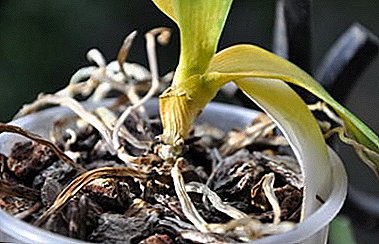 With fusarium wilt, the fungal infection spreads quite quickly, damaging the leaves.
With fusarium wilt, the fungal infection spreads quite quickly, damaging the leaves.They begin to turn yellow and fall off. If the stage of the lesion is not running, then the root system may still be healthy. Therefore, it is important to urgently take action:
- put the flower in quarantine;
- create favorable conditions for growth;
- process the remaining upper part of the orchid and the soil surface with a fungicide solution.
If the cause of the disease is not established, it is better to transfer the plant with healthy roots to the greenhouse. Maintain the temperature there + 25ºС, humidity 60-70%. Be sure to include intensive lighting and regular watering with soft water. Growing foliage is not a quick process, so be patient.
To forget about the problems with the roots, you should follow three recommendations: observe the correct mode of irrigation, maintain a comfortable temperature and humidity, ensure the plant with a bright place. The rules are simple, but if you stick to them, they will bring many benefits.


 carefully remove the flower from the pot and remove the rest of the soil;
carefully remove the flower from the pot and remove the rest of the soil; place the diseased plant in quarantine;
place the diseased plant in quarantine; With fusarium wilt, the fungal infection spreads quite quickly, damaging the leaves.
With fusarium wilt, the fungal infection spreads quite quickly, damaging the leaves.
